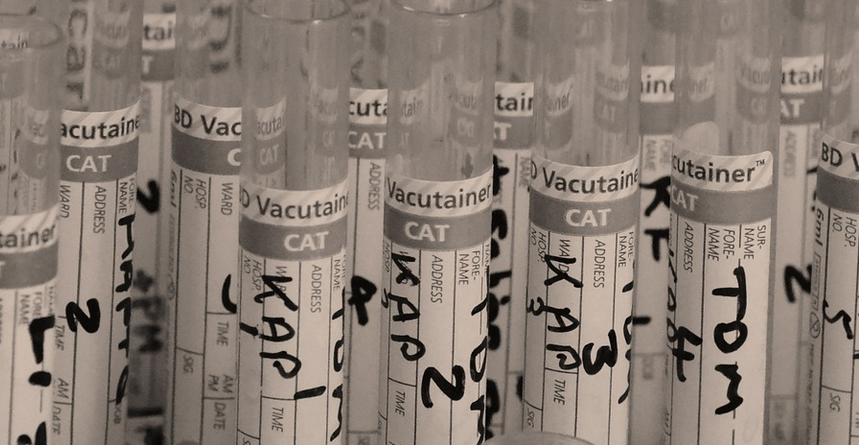Introduction
Acne is a skin condition that affects millions of people worldwide. It can be caused by various factors, such as genetics, hormonal imbalances, and skincare products. Salicylic acid is a popular ingredient in many acne treatments, but there is some confusion about whether it can cause acne. In this article, we will explore the relationship between salicylic acid and acne.
What is Salicylic Acid?
Salicylic acid is a type of beta-hydroxy acid (BHA) that is commonly used in skincare products. It is derived from willow bark and has anti-inflammatory and exfoliating properties. Salicylic acid is used to treat a variety of skin conditions, including acne, psoriasis, and dandruff.
How Does Salicylic Acid Work?
Salicylic acid works by penetrating deep into the pores and dissolving the oil and debris that clog them. It also has anti-inflammatory properties that reduce redness and swelling. Salicylic acid is a gentle exfoliant that can help to remove dead skin cells and unclog pores. By doing so, it can prevent new acne from forming.
Can Salicylic Acid Cause Acne?
There is no evidence to suggest that salicylic acid can cause acne. In fact, salicylic acid is often used to treat acne because of its ability to unclog pores and prevent new acne from forming. However, some people may experience a purging period when they first start using salicylic acid. This is because the acid is exfoliating the skin and bringing impurities to the surface. This purging period is temporary and should subside within a few weeks.
How to Use Salicylic Acid for Acne
Salicylic acid is available in various forms, including cleansers, toners, and spot treatments. To use salicylic acid for acne, start by cleansing your face with a gentle cleanser. Then, apply a salicylic acid toner to your face using a cotton pad. Finally, apply a salicylic acid spot treatment to any active breakouts. It is important to follow the instructions on the product label and not to overuse salicylic acid, as this can cause dryness and irritation.
Other Tips for Treating Acne
In addition to using salicylic acid, there are other things you can do to treat acne. These include: – Washing your face twice a day with a gentle cleanser – Avoiding touching your face – Using non-comedogenic skincare products – Eating a healthy diet – Getting enough sleep
Conclusion
In conclusion, salicylic acid is a popular ingredient in many acne treatments because of its ability to unclog pores and prevent new acne from forming. There is no evidence to suggest that salicylic acid can cause acne. If you are experiencing a purging period when using salicylic acid, this is temporary and should subside within a few weeks. Remember to follow the instructions on the product label and to take a holistic approach to treating acne.

